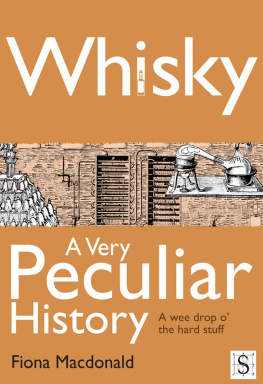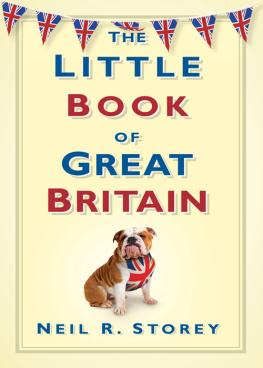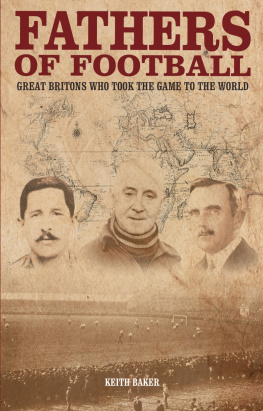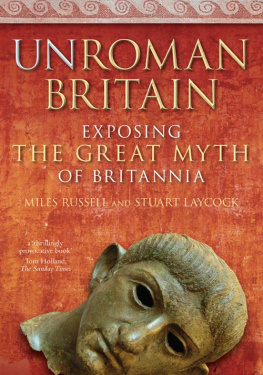Title Page
IRELAND, A VERY PECULIAR HISTORY
Written by
Jim Pipe
Created and designed by David Salariya
Publisher Information
First published in Great Britain in MMIX by Book House, an imprint of
The Salariya Book Company Ltd
25 Marlborough Place, Brighton BN1 1UB
www.salariya.com
www.book-house.co.uk
Digital edition converted and distributed in 2011 by
Andrews UK Limited
www.andrewsuk.com
Editors: Jamie Pitman, Tanya Kant
Assistant editor: Jodie Leyman
Additional Artwork: Michael Tickner
The Salariya Book Company Ltd MMIX
All rights reserved. No part of this publication may be reproduced, stored in or introduced into a retrieval system or transmitted in any form, or by any means (electronic, mechanical, photocopying, recording or otherwise) without the written permission of the publisher. Any person who does any unauthorised act in relation to this publication may be liable to criminal prosecution and civil claims for damages.
Every effort has been made to trace copyright holders. The Salariya Book Company apologises for any omissions and would be pleased, in such cases, to add an acknowledgement in future editions.
Visit our website at
www.book-house.co.uk
or go to
www.salariya.com
for free electronic versions of:
You Wouldnt Want to be an Egyptian Mummy!
You Wouldnt Want to be a Roman Gladiator!
You Wouldnt Want to Join Shackletons Polar Expedition!
You Wouldnt Want to Sail on a 19th-Century Whaling Ship!
Dedication
For Ewan and Daniel, two Irish Pipes!
JP
Quotes

The Irish gave the bagpipes to the Scots as a joke, but the Scots havent seen the joke yet.
Oliver Herford
We have always found the Irish a bit odd. They refuse to be English.
Winston Churchill
Everywhere I go Im asked if I think the university stifles writers. My opinion is that they dont stifle enough of them. Theres many a best-seller that could have been prevented by a good teacher.
Flannery OConnor

Ten things to thank the Irish For

If you thought Guinness was the only great Irish invention, think again:
1. Submarines In 1881 John Holland invented a three-man submarine, which was used by Fenian rebels to try and sink British ships. The Fenians tried to steal it after they fell out with Holland, but only Holland knew how it worked.
2. Injections In 1845, Francis Rynd invented the first syringe at Meath Hospital in Dublin.
3. H2O William Higgins (17631825) invented a system of letters to identify chemicals, such as H for Hydrogen and O for Oxygen.
4. Bacon rashers In 1820, Henry Denny discovered that sandwiching long pieces of bacon between two layers of dry salt helped preserve the meat.
5. Bureaucracy The word was first coined by the Irish writer, Lady Morgan (17761859).
6. Flavoured crisps Invented by Joe Murphy, the first cheese and onion crisp was developed in 1954.
7. The ejector seat Much loved by pilots and James Bond, the ejector seat was invented in 1946 by Irish engineer, Sir James Martin.
8. Irish coffee Barman Joe Sheridan invented this mix of coffee, sugar, whiskey and thick cream as a pick-me-up for shivering transatlantic pilots at Foynes airport in the early 1940s.
9. Blue skies OK, so Irish scientist John Tyndell (18201893) didnt invent skies but he did work out what makes them blue (dust in the air scatters the Suns blue rays). Tyndell also invented the modern foghorn and his light pipe led to the development of fibre optics.
10. Wind speed In 1805, Irishman Sir Francis Beaufort developed a way of describing how windy it was outside still known as the Beaufort scale.

Putting Ireland on the Map

Key:
1.Neolithic settlers appear, 7000BC
2.Scots settlers arrive, 1515
3.Launch of the Titanic, Belfast, 1912
4.Battle of the Yellow Ford, Co. Armagh, 1598
5.Battle of the Boyne, Drogheda, 1690
6.The Vikings arrive, 760
7.Grace OMalleys (15301600) pirate ship
8.Turoe stone, Bulluan, Co. Galway
9.Battle of Clontarf, Dublin, 1014
10.The Yankee Clipper arrives at Foynes Airport, 1939
11.Ogham stones of Co. Kerry, c.500
12.Cabbage Patch Revolution, Co. Tipperary, 1849
13.Norman Invasion begins, 1160s
14.Battle of Vinegar Hill, Co. Wexford, 1798
15.Copper mining, Co. Cork, 18001500 BC
16.French ships threaten off the coast of Bantry, Co. Cork, 1796
Some very peculiar Facts 
Irelands famous natural landmark, the Giants Causeway, found off the cliffs on the coast of North Antrim, is made up of around 40,000 hexagonal basalt columns. Legend has it that Finn MacCool laid the honeycomb-like columns as a pathway to reach his love on Staffa island, Scotland, where the columns are also found.
One of Irishman Latham Valentine Blackers military inventions, the Hedgehog, showered mortar bombs at its target. It destroyed some 50 German submarines during World War II.
In 2007, the inhabitants of the islands of Inis Mor and Inis Oirr clashed in a bid to crown themselves the real Craggy Island Craggy Island being the fictional setting of the Irish TV sitcom, Father Ted . The dispute was settled in front of thousands of fans by a football match at The Friends of Father Ted festival. Inis Mor took the hallowed prize after a 20 win.
At a whopping twenty-two letters in length, County Galways small village of Muckanaghederdauhaulia (Murceanach idir Dh Shile in Irish) is thought to be the longest place name in Ireland.

CHAPTER ONE: Ireland emerges from the mist:
An icy start
Before you stretches mile after mile of unbroken snow and ice. Not an animal or plant is in sight, and the eerie silence of this bleak wilderness is broken only by the howling winds of an Arctic storm.
Europe is in the grip of an Ice Age and most of Ireland lies buried beneath a giant sheet of ice. (The weight of the ice sheet pressed the land down by several metres. Once it had melted, the north of Ireland began to rise again. Malin Head in Co. Donegal is still rising by 2 to 3mm per year!) Deep below the surface, the shifting ice grinds against the land, carving out the smooth mountains and U-shaped valleys that will give Ireland its characteristic beauty. It will take thousands of years for the ice to retreat. Tough grasses will spread across the land and by 11,000 BC, the first trees will appear. Little by little, the polar desert will become the Emerald Isle we recognise today.
The hush of the Ice Age was broken by the grunts, roars and squeaks of giant elk and the host of other animals that crossed the land bridge connecting Ireland with Britain and the rest of Europe. As the ice melted, sea levels rose. Around 12,000 years ago, the Irish Sea, then an enormous freshwater lake, was flooded with sea water. Four thousand years later, the waters of the North Sea swamped the land bridge with Europe, and Ireland became an island.
Next page














